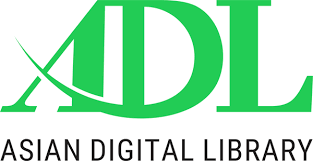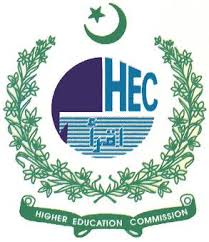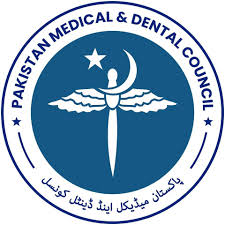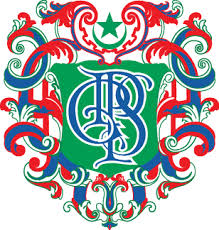Effect of Torilis leptophylla on blood total leukocyte count and differential leukocyte count in asthmatic mice
DOI:
https://doi.org/10.37018/ZULU7239Keywords:
Bronchial inflammation, Ovalbumin, Torilis leptophylla, Monteleukast, Anti- inflammatoryAbstract
Background: Chronic inflammation, mucus hypersecretion and airway blockage are the characteristics of asthma. Current treatments of asthma are effective but cause adverse effects on their long term use. This research was designed to explore anti-inflammatory effect of Torilis leptophylla (T. leptophylla) on allergic inflammation of airways by estimation of blood total leukocyte count (TLC) and differential leukocyte count (DLC) to compare its effect with a standard drug in an animal model.
Materials and methods: This experimental study was carried out in Pharmacology Department, University of Health Sciences, Lahore. A total of 48 healthy, adult, male BALB/c mice were randomly divided into six groups. Group I (control), group II (diseased); groups III, IV and V were given 100, 200, 400 mg/kg T. leptophylla methanolic extract (TLM) respectively, and Group VI treated with standard drug monteleukast. Airway inflammation was induced in all groups with ovalbumin except control group. On day 28, cardiac puncture was done to collect the blood and TLC and DLC (lymphocytes, neutrophils, eosinophils and monocytes) were measured in blood. All the data was interpreted as mean ± SD. SPSS 20 was used to carry out statistical analysis.
Results: T. leptophylla extract resulted in significant (p-value ≤ 0.05) decrease of TLC and DLC in blood. T. leptophylla cause 59-67% decrease in TLC, 67-80% decrease in lymphocytes, 69 - 72% decrease in neutrophils, and 45-51.7% decrease in eosinophils
Conclusion: In current study T. leptophylla successfully treated inflammation in asthmatic mice by reducing proportion of inflammatory cells.
Downloads
Published
How to Cite
Issue
Section
License
The Journal of Fatima Jinnah Medical University follows the Attribution Creative Commons-Non commercial (CC BY-NC) license which allows the users to copy and redistribute the material in any medium or format, remix, transform and build upon the material. The users must give credit to the source and indicate, provide a link to the license, and indicate if changes were made. However, the CC By-NC license restricts the use of material for commercial purposes. For further details about the license please check the Creative Commons website. The editorial board of JFJMU strives hard for the authenticity and accuracy of the material published in the journal. However, findings and statements are views of the authors and do not necessarily represent views of the Editorial Board.

















